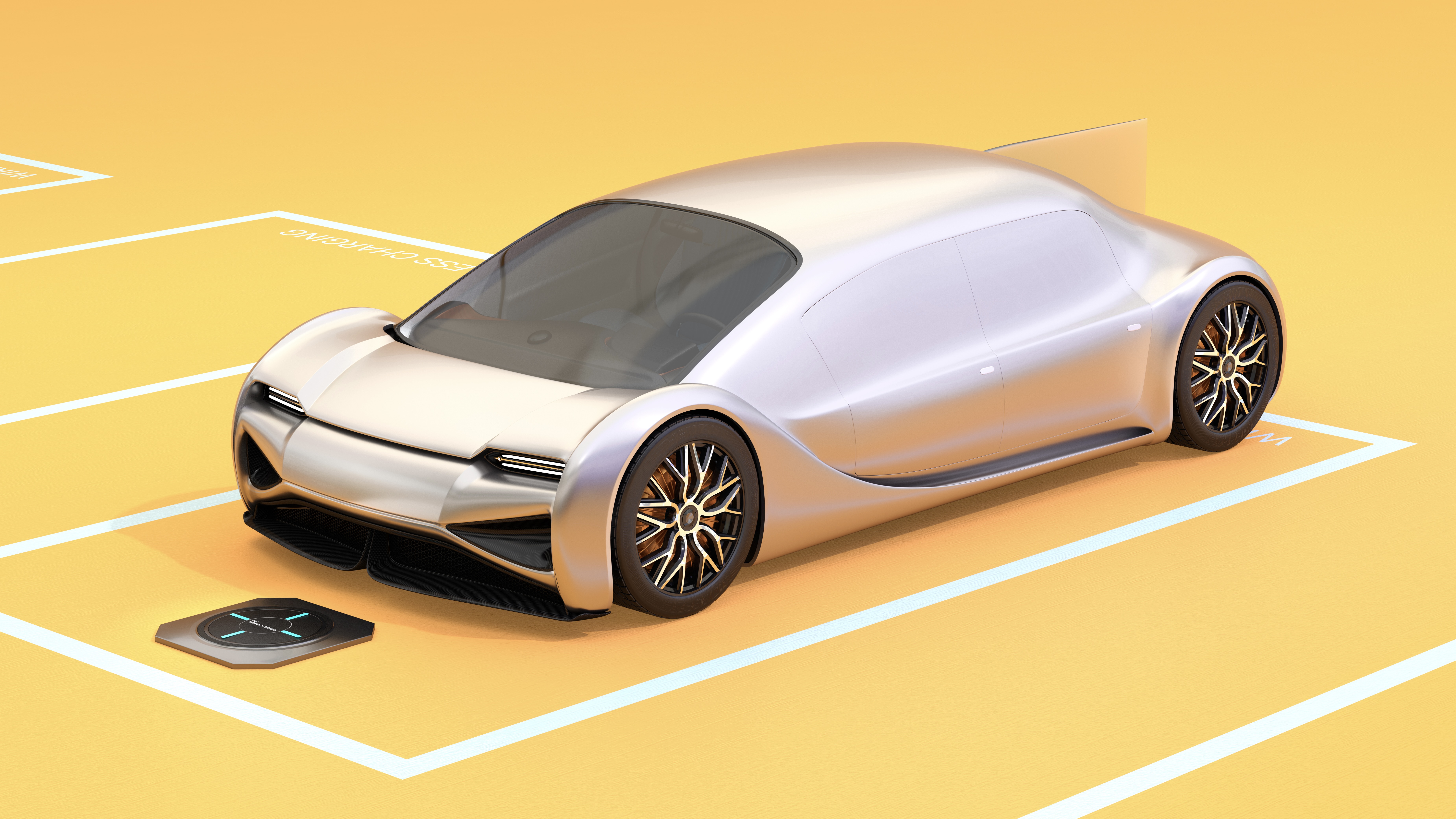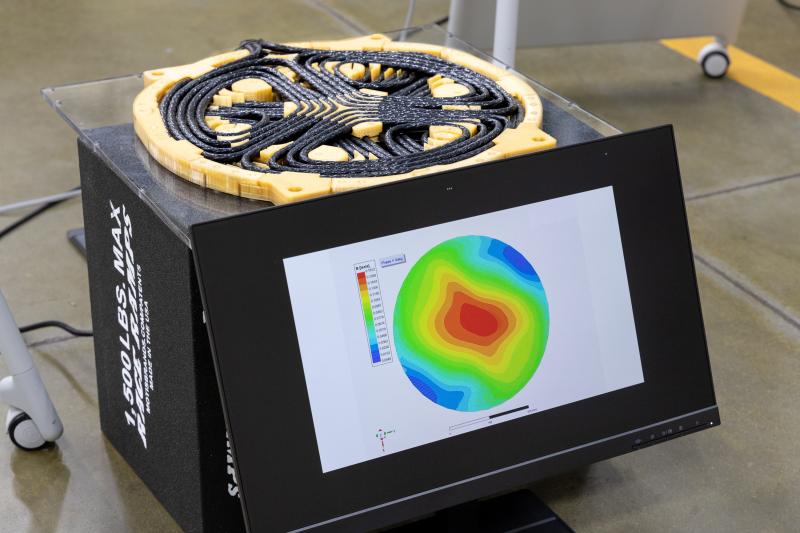
A new type of wireless charging system can power electric vehicle (EV) batteries up to 10 times faster than the fastest available wireless chargers, and it's just as efficient as charging your car with a superfast cable.
Scientists at the Oak Ridge National Laboratory in Tennessee used a "polyphase electromagnetic coupling coil" with rotating magnetic fields to wirelessly charge a Hyundai Kona EV, which has an estimated range of about 261 miles, at 100 kilowatts with 96% efficiency, according to a statement released March 12.
For reference, the fastest EV charging cables provide between 50 kW and 350 kW in power, while the ones that plug into a home wall socket have a power output of 1 kW, according to the Department of Transportation.
They used their prototype charging device, which has a diameter of 14 inches (36 centimeters), to transfer power to the EV across a 5-inch (13 cm) air gap.

The goal of research like this is to integrate wireless charging devices into the road — in parking spots, for example. That way, drivers no longer need to plug their cars into dedicated charging infrastructure with bulky cables.
Related: Future electric cars could go more than 600 miles on a single charge thanks to battery-boosting gel
"We've achieved the highest power density in the world for a wireless charging system for this class of vehicle," Omer Onar, a researcher at ORNL who was involved in the work, said in the statement. "Our technology reaches power densities 8-10 times higher than conventional coil technology and can increase battery charge state by 50% in under 20 minutes."
Wireless charging has been around since the 19th century, when Nikola Tesla demonstrated magnetic resonant coupling. By creating a magnetic field, electricity can be transferred through the air between a transmitting circuit and a receiving circuit. The technology exists on a small scale in phones and smartwatches, but wireless charging in EVs is relatively new.
There are few such products available on the market. One of the best available right now, for example, is made by Plugless Power, which offers between 3.3 kW and 7.2 kW wireless charging stations that can be integrated into parking spaces.
Another wireless charger, built by WiTricity, offers just 11 kW. Conventional wireless charging relies on a large magnetic loop antenna, in the form of a copper coil, to create an oscillating magnetic field. This creates a current in a receiving antenna. Each of the coils then resonate at the same frequency and power can be transferred.
In the polyphase-coil system, electric power utilizes more than one alternating current (AC) phase using two or more conductive materials, which rotate their voltage cycles with a fixed and defined phase between the different waves.
This means the polyphase electromagnetic coils transmit charge in multiple phases. As a result, the magnetic field is more uniform, which allows for more consistent and higher power transfer for a given size, ORNL scientists said in a 2022 paper. Polyphase couplers are also more efficient, meaning less power is lost over longer distances, also allowing for a reduction in the size of coils to achieve the same charge rate as conventional coil technology does.
The achievement is especially notable because the prototype wireless charging device is small enough to be practical, given its size, Onar said in the statement.







